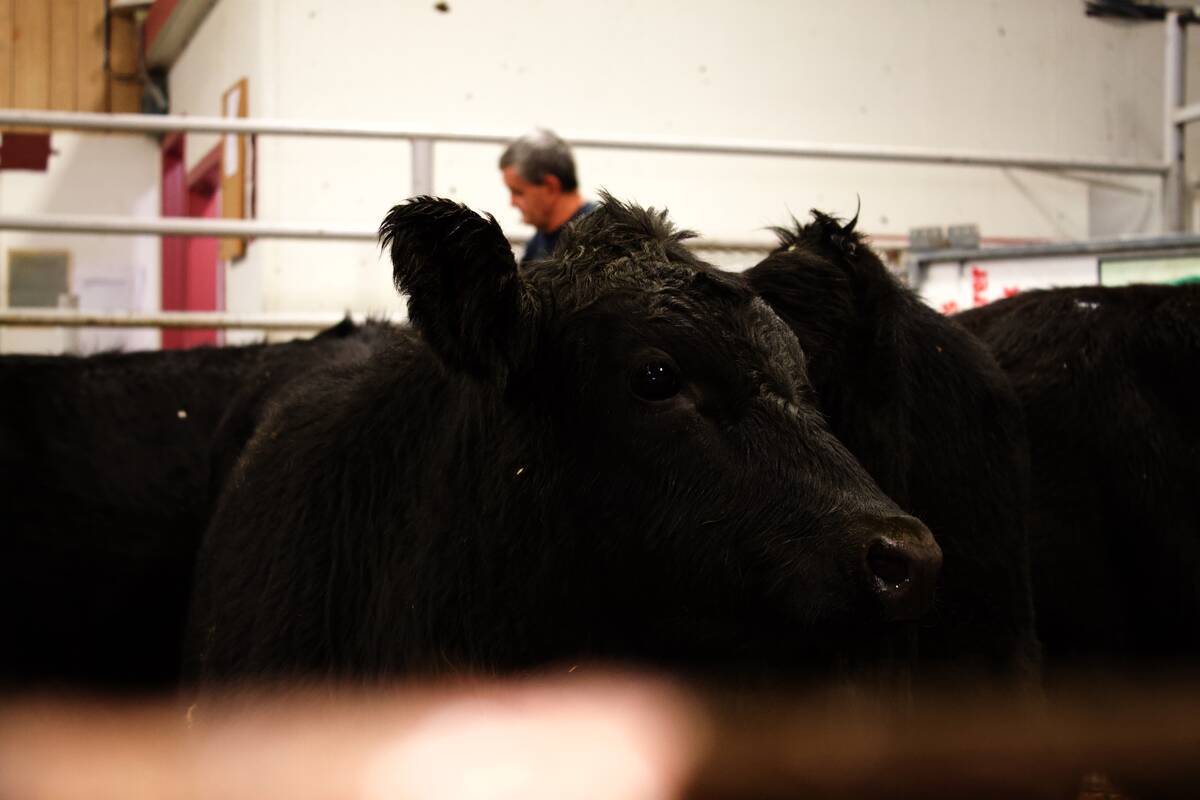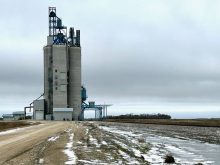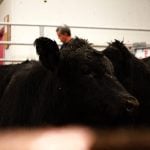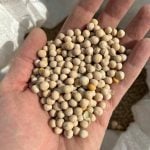Compared to last week, western Canadian yearling prices were $2-$4 lower on average while calves were down $3-$5 depending on the region. Weakness in the fed cattle market continues to spill over into the feeder complex, as margins drift further into red ink.
Alberta packers were buying fed cattle in the range of $245-$246 delivered on dressed basis, down from week-ago levels of $247-$248. Fed cattle were quoted at $147 on live basis, about $12 below break-even pen closeout values. The aura at auction barns is very defensive these days.
Read Also

Klassen: Feeder market closes year on soft tone
For the week ending December 20, Western Canadian feeder cattle markets were steady to $10 weaker compared to seven days…
Small packages of lower-quality cattle are coming on the market at this time of year, which contributed to the softer tone. Discounts were quite severe on cattle with “straggle” characteristics because feedlots know these feeders will not perform well.
In southern Alberta, medium-frame Hereford blended steers with medium flesh were valued at $173 landed in the feedlot; similar-quality heifers averaging 915 lbs. were valued at $150. In central Saskatchewan, a small group of mixed steers weighing 835 lbs. were quoted at $174 but in central Alberta, medium- to larger-frame Simmental mixed steers averaging 840 lbs. were valued at $182. The market was harder to define this week, given the variable price structure.
Calf prices have taken a beating over the past couple of weeks because the feed grain outlook for the fall period is considered bullish. Western Canadian hay prices are rather hot and forage is hard to buy in certain areas. In central Alberta, red mixed steers averaging just over 550 lbs. were valued at $223; in southwestern Manitoba, black Angus mixed steers averaging 530 lbs. were quoted at $229. Larger-frame Charolais-based heifers averaging 640 lbs. were valued at $196, landed in southern Alberta feedlot.
Lethbridge-area barley was quote in the range of $280-$290 per tonne delivered, up from week-ago levels of $275-$280. However, if a feedlot needs 2,000 tonnes, it would probably have to pay up to $300. I don’t believe the trade or cattle industry realizes the severity of the corn problem in the U.S. This feed grain complex has potential to run higher, which will continue to weigh on the feeder market. Don’t be deceived by the sharp year-over-year increase in barley acres, because the U.S. corn market sets the price for world coarse grains.
— Jerry Klassen manages the Canadian office of Swiss-based grain trader GAP SA Grains and Produits Ltd. and is president and founder of Resilient Capital, specializing in proprietary commodity futures trading and market analysis. Jerry consults with feedlots on risk management and writes a weekly cattle market commentary. He can be reached at 204-504-8339 or via his website at ResilCapital.com.















